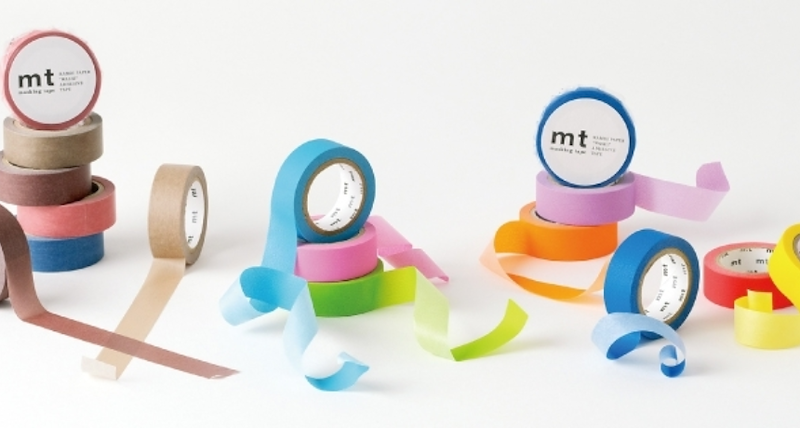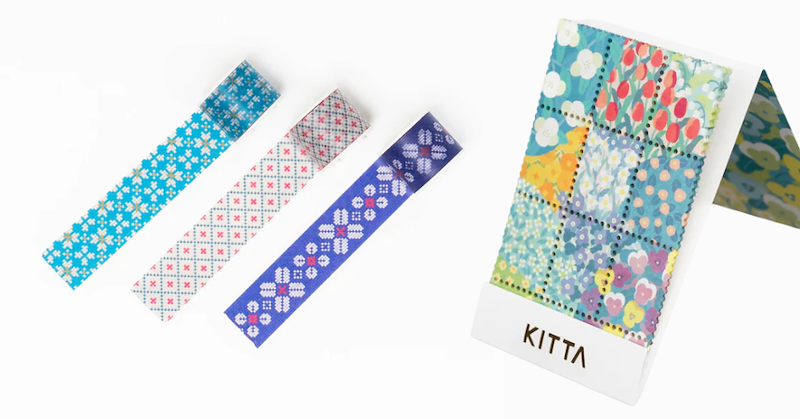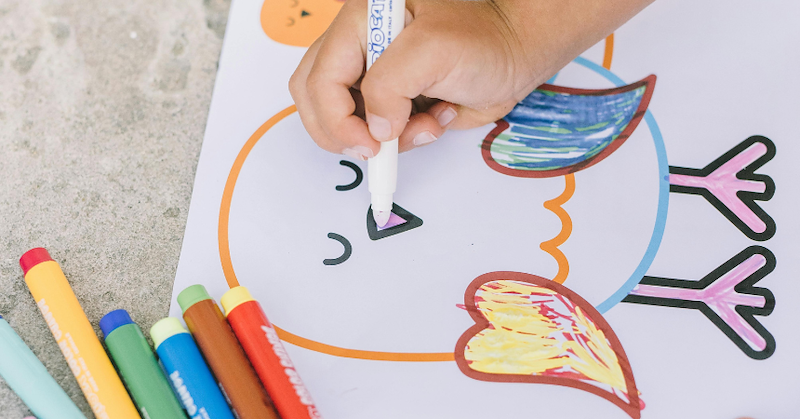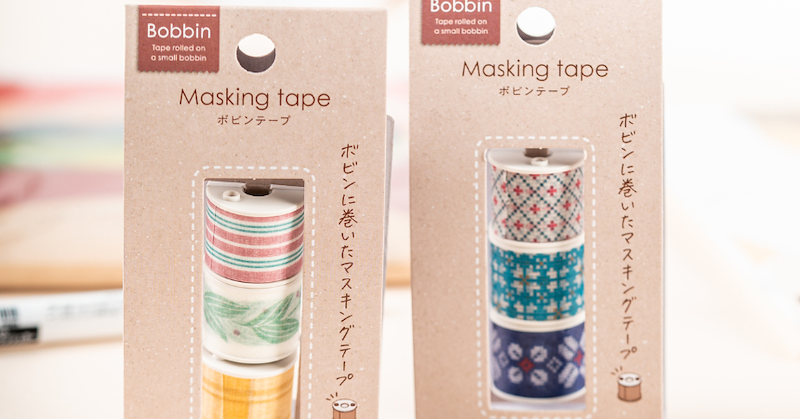
Is Washi Tape Recyclable?
Washi tape is a staple of any project if you're an avid crafter because of the countless color and pattern combinations that are available. Despite its rather long lifespan, you'll probably need to get rid of it eventually. Is Washi tape recyclable and eco-friendly? Is washi tape compostable and biodegradable? What other options are there besides throwing it away?
Eco-friendly washi tape is a recyclable. The majority of washi tapes are produced with environmentally friendly methods, and they feature rubber adhesive and biodegradable paper backings. Washi tapes are more than just a one-time use item because they are strong enough to be used repeatedly.
This article will look into the recycling and reusing of washi tape, as well as biodegrading and composting it. We'll also look at what makes washi tape environmentally friendly and where it falls short. For further possibilities for recyclable and environmentally friendly tape, see the article's conclusion.
What is washi tape made from?
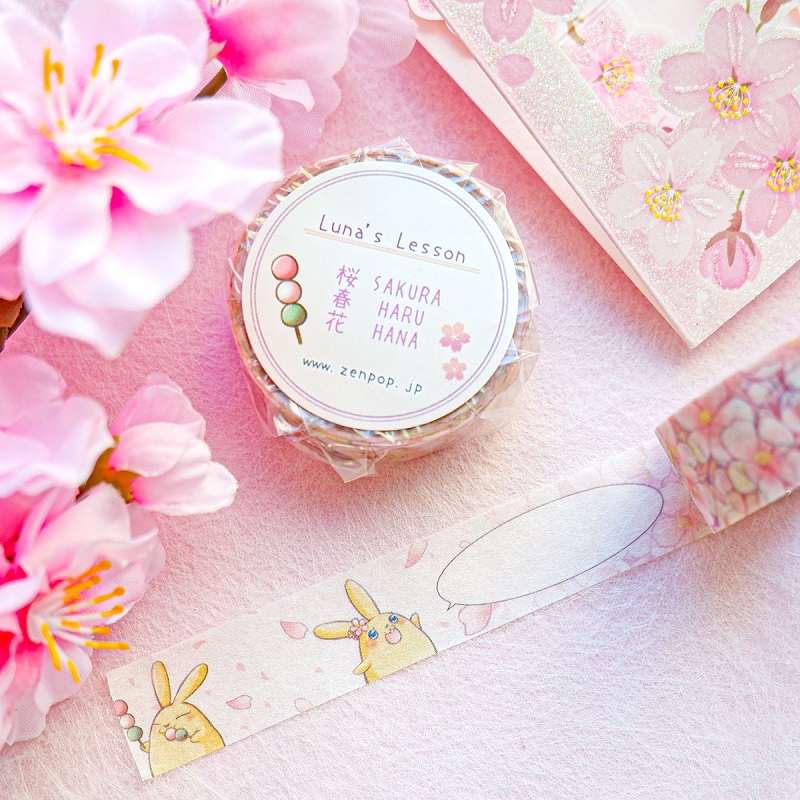
It is easier to establish whether something is biodegradable if we know what it is comprised of. Similar to masking tape, washi is a paper-based tape. Technically, practically any plant might be used to make it. But normally, it's manufactured from hemp, mistumata, kozo, or ganpi. It does well from a sustainability perspective. Washi paper is manufactured from fresh branches, as opposed to traditional western paper, which is made from wood pulp. As a result, no trees need to be cut down to make washi paper.
Is washi tape biodegradable?
A substance is biodegradable if it can be organically broken down by microorganisms like bacteria. Washi tape can, in a sense, go back to nature because it is constructed of natural materials. Usually, it will take a few months to disintegrate. Not bad given the alternatives to plastic tape have been available for generations!
It should be noted that for washi tape to decompose in this fashion, as with all biodegradable materials, ideal circumstances must be present. It can take much longer than the quoted times if it ends up in a landfill, where conditions are far from ideal. Unfortunately, a landfill is not simply a giant compost pile as many people believe. The breakdown procedure moves extremely slowly when there is insufficient ventilation and moisture. When you dispose of a biodegradable item, like washi tape, keep this in mind!
Is washi tape compostable?

Increasingly more people are turning to composting each year. And it is easy to see why, as it offers a free, handmade fertilizer in addition to being an excellent way to dispose of organic waste. Contrary to popular belief, not all biodegradable materials can be composted. This is not true. The terms "compostable" and "biodegradable" are not interchangeable.
You cannot add a biodegradable item to the pile, for example, if it contains a lot of chemicals. Although washi tape has been advised against adding to your pile in other places, we were unable to locate any justifications for this. But as always, don't add anything if you don't feel comfortable doing so.
As you may already be aware, there are two main categories of composting materials. Nitrogen-rich materials, such as coffee grounds and recent grass clippings, are referred regarded as "green" materials. Items like linen or crab shells are examples of "browns," which are materials high in carbon. Because it contains a lot of carbon, washi tape fits neatly into the "brown" category. It's crucial to make sure your compost pile contains an appropriate balance of "browns" and "greens." As with all composting, some trial-and-error is necessary, but a 1:1 ratio is often safe. As you proceed, watch it and make adjustments. If you follow the right procedures to ensure that your compost pile is healthy.
Some considerations when composting washi tape…
It's not necessarily the plain, printed form of washi tape. Additionally, rolls with artificial components like foil and glitter are available on the market. Unfortunately, you can't put these to your compost pile because the paper portion of the tape would decompose but leave the other components behind. It is always preferable to err on the side of caution when composting anything.
Cut or rip washi tape into small pieces before composting it, or anything else for that matter. This allows the bacteria to have a larger surface area to work on and means you can evenly distribute it throughout the pile. If you do this, the process will go more quickly; however, if you don't, it will still break down smoothly.
The bottom line
Diverting our waste from landfill is a great (and simple) way to live in a more planet-friendly way. Standard washi tape is completely biodegradable. As far as composting goes, you won’t get more straightforward than washi tape – it can be added to the compost pile as a ‘brown’/carbon-rich ingredient and should breakdown fairly quickly. Just don’t expect to get a huge amount of fertilizer from it!
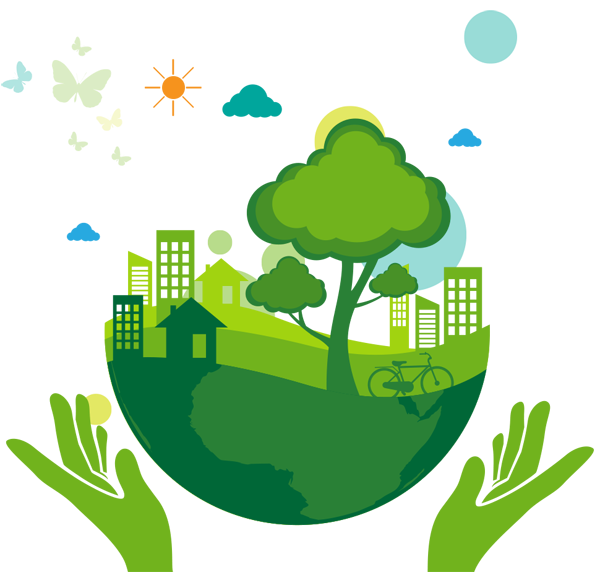
Is Washi Tape Recyclable?

Washi tape is typically regarded as recyclable, but this classification may alter based on the services your recycling contractor provides. Some people ask you not to include any form of tapes, including recyclable ones.
Tape is still often accepted by recycling businesses in moderation. Contaminants like glues or plastics are successfully removed from paper during the recycling process.
Each piece of recycled paper is pulped before being soaked in chemicals. These substances cause any plastic tapes or other impurities, as well as the glues and polymers on the tape, to separate and float to the surface.
The washi tape paper should remain with the other papers, making it just as recyclable as other products.
Is Washi Tape Reusable?
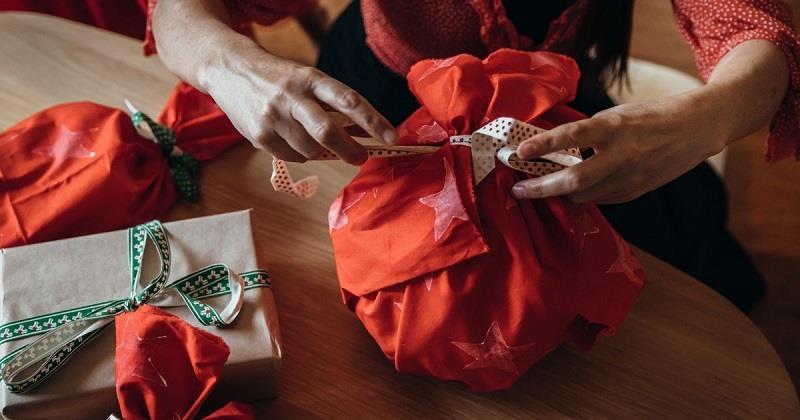
Unlike many other tapes, washi tape is strong enough to be reused repeatedly. While some tapes may lose their stickiness, others may have an adhesive that is too strong and tears the paper.
Because washi tape offers the ideal balance of strength and delicate stickiness, you can take it off the paper and apply it somewhere else. Although the tackiness may lessen with use, you are unable to quickly retrieve a fresh piece of tape if you make a mistake.
Is Washi Tape Environmentally Friendly?
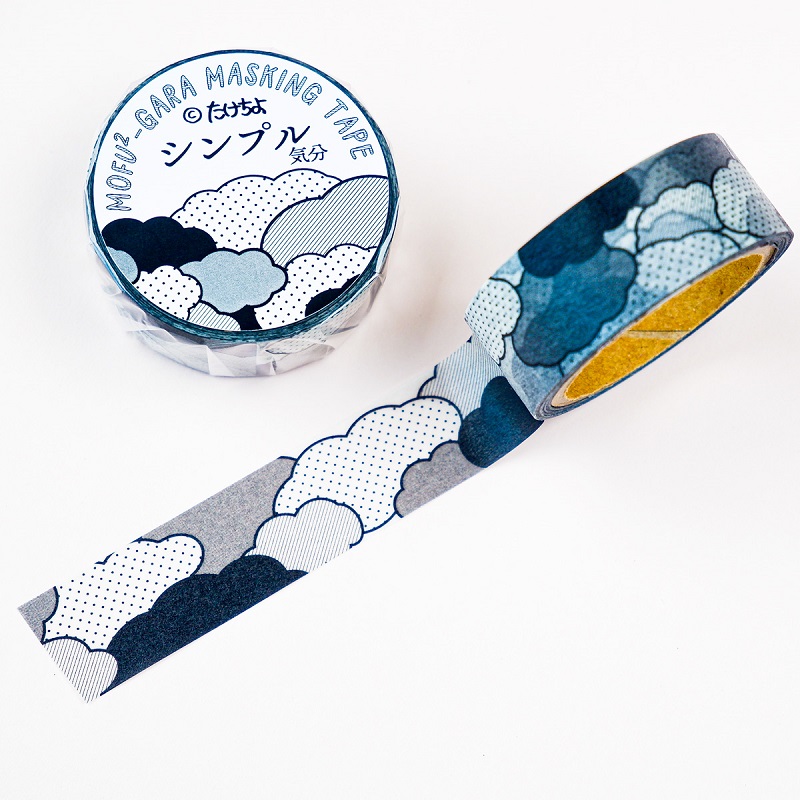
Japanese papermaking has influenced the creation of traditional washi tape. It is a more sustainable product than many western equivalents because of the resources used and the traditional manufacturing technique.
Western tapes are frequently made of plastic, and even those made of trees are not as environmentally beneficial. For the western method of producing this paper, a tree must be felled after at least 20 years of growth.
Most of the materials used to make washi tape are from trees, shrubs, and other plants, such as:
- Mulberry
- Gampi
- Hemp
- Mitsumata
Bark and branches can be used by businesses to generate pulp rather than killing these plants. To create a sheet, this is then shook out onto a screen.
Typically, rubber from rubber trees is used to make the glue that is connected to the bottom of the paper. By making indentations into the trees and collecting the liquid, this material is obtained sustainably.
Additionally biodegradable is washi tape. Unlike tapes made of plastic, washi tape degrades naturally over time because of its natural fibers.
Negative Environmental Impacts of Washi Tape
Many varieties of washi tape are now manufactured in factories rather than by hand as a result of its increasing popularity over time. While they may still be recyclable and environmentally friendly, this method of production leaves a bigger carbon imprint.
It might be difficult to trace the origin of the dyes used to make washi tape. There isn't much information available on how the dyes will effect biodegradability.
Watch out for tapes that resemble washi tape but use different sourcing and production techniques. Similar products from many prominent companies are available, but they do not offer the same advantages as traditional washi tape because they do not employ natural adhesive or sustainable papers.
Recyclable and Eco-Friendly Alternatives to Washi Tape
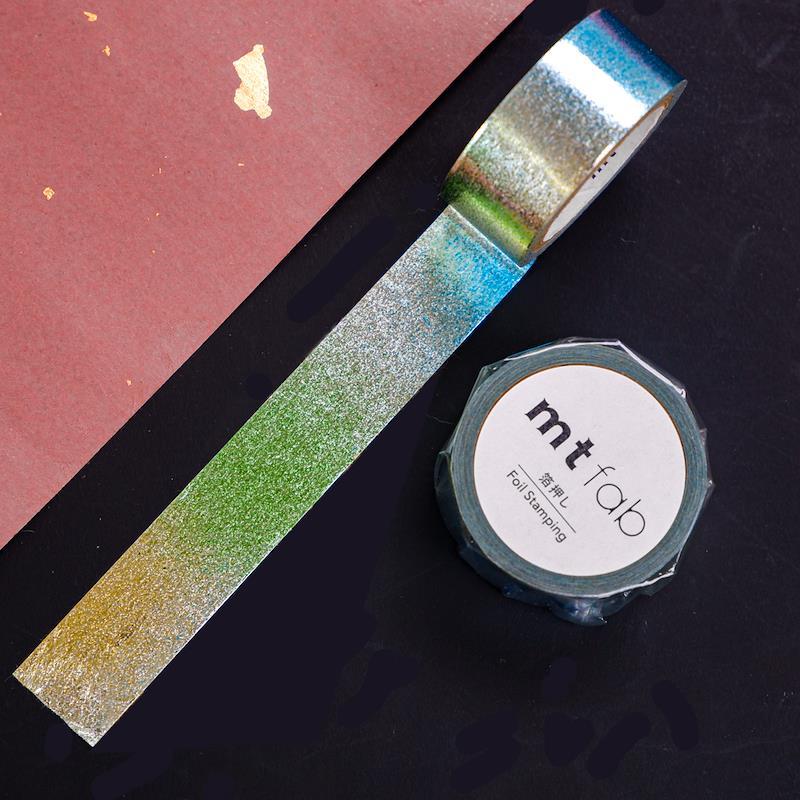
You might not always have access to washi tape, or it may not be suitable for your taping needs. Here are some other tapes that are also recyclable and eco-friendly.
Masking Tape
Paper masking tapes are also easy to remove, but they are not as durable as washi tape. Most masking tape has its own uses, and they do not come in as many bold colors and patterns. While not every recycling center will accept it, many are made and marketed as recyclable.
Paper Tape
Paper will always be a better choice than plastic, and several manufacturers are moving towards this sustainable option. While most paper tapes are brown, new colors and patterns are on the rise. Paper tape does not usually remove well, and packing varieties may be reinforced with filaments that render them unrecyclable.
Cellulose Tape
Cellulose tape is an excellent alternative for anyone needing the traditional plastic tape look. These tapes still look and feel like plastic tape, but they are biodegradable and have a less environmental impact.
Gummed Tape
You may see gummed tape referred to as “water-activated tape.” This is only sticky once you wet it, and many larger organizations use it for packaging. Gummed tape cannot be removed once it is in place, but most varieties are paper-based and recyclable.
Summary: Is Washi tape recyclable and eco friendly?
Now, after going through all this, it's safe to say that most Washi tape is recyclable and eco friendly. Traditional Japanese tape is more sustainable than western manufacturing process. However, your local recycling center may not accept tape.
Most Washi tape is made from paper, which is recyclable. The process for recycling paper does remove the sticky adhesive. Therefore, Washi tape is considered recyclable as long as your recycling center accepts tape.
With that in mind, why not get your very first pack of washi tape at our stationery store? We include unique and custom washi tapes as well as masking tapes from Japan.
